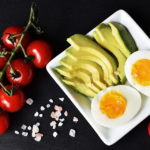
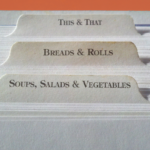

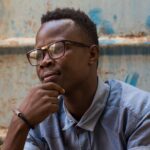
Redefining wellness, together

A Registered Massage Therapist (RMT) uses knowledge of anatomy and physiology to combine traditional Swedish and modern techniques with exercise and other therapies to treat clients.
Massage therapy consists primarily of hands-on manipulation of the soft tissues of the body, specifically, the muscles, connective tissue, tendons, ligaments and joints for the purpose of optimizing health.
Massage therapy treatment has a therapeutic effect on the body and optimizes health and well-being by acting on the muscular, nervous and circulatory systems. Physical function can be developed, maintained and improved; and physical dysfunction and pain and the effects of stress can be relieved or prevented through its use.
Before a treatment, your RMT will propose a personalized treatment plan based on an initial assessment and health history. Any personal and health information you provide to your RMT is completely confidential and will be safeguarded.
Your RMT must also obtain your consent to work on any part of your body, regardless of whether you are fully clothed, or fully or partially covered with sheets or blankets. Your privacy will always be respected, and you may withdraw your consent for treatment at any time.
Massage therapy is not covered by OHIP, but many private insurance companies cover treatment from a RMT as part of their extended health care plans. Please consult your policy.

Plato said, “The cure of the part should not be undertaken without the treatment of the whole”. Homeopathy is a form of natural, energetic medicine focused on treating the whole.
We often get asked “What is the difference between homeopathy and naturopathy?”
Homeopathy is a specific form of treatment within the field of natural health. Naturopathy is the practice of natural medicine and may involve many forms of treatment, including homeopathy.
Homeopathy is a form of natural, energetic medicine that was developed by Dr. Samuel Hahnemann in the 18th century. Homeopathic medicines are made from plant, animal or mineral products which are so diluted that there is no chance of toxicity. Homeopathic remedies are generally considered safe. Current usage around the world varies from two percent of people in the United States using homeopathy in any one year to 15 percent in India, where it is considered part of Indian traditional medicine. Homeopathy is also commonly used throughout Europe.
Homeopathic medicines are intended to be taken for a limited time, i.e. for only as long as the symptoms exist. If the symptoms disappear, it is not necessary to take the medicine any longer. If the symptoms change, a different remedy may be needed to most accurately fit the new set of symptoms.

Hydrotherapy comprises a range of procedures in which water is used as a therapeutic device.
These water treatments are often seen in physical therapy and physical or sports medicine, where they are used as a cleansing agent, and a medium for delivery of heat and cold to the body.
This latter function is especially important since contrasting temperature can be used to reduce inflammation, an aggravating factor in many chronic conditions. The same effects can be achieved with hydrotherapy treatments performed at home.

You’ve heard the expression “You are what you eat”. Did you also know “You are what you think”? It’s true.
Scientific research in the field of psychoneuroimmunology has helped us to better understand the connection between the mind and the body. Because of the strength of this connection, naturopathic care integrates counseling techniques, stress management and biofeedback with other forms of treatment when indicated.
Naturopathic counseling is usually short-term but proceeds at the client’s pace. Goals for change in behaviours and feelings are identified. Patients learn how feeling states influence their physical symptoms and vice versa; they learn how to become more aware of problematic habitual thoughts and how to reframe those thoughts in more healthy ways. Gradual change in mental patterns can result in long term improvement in general health.
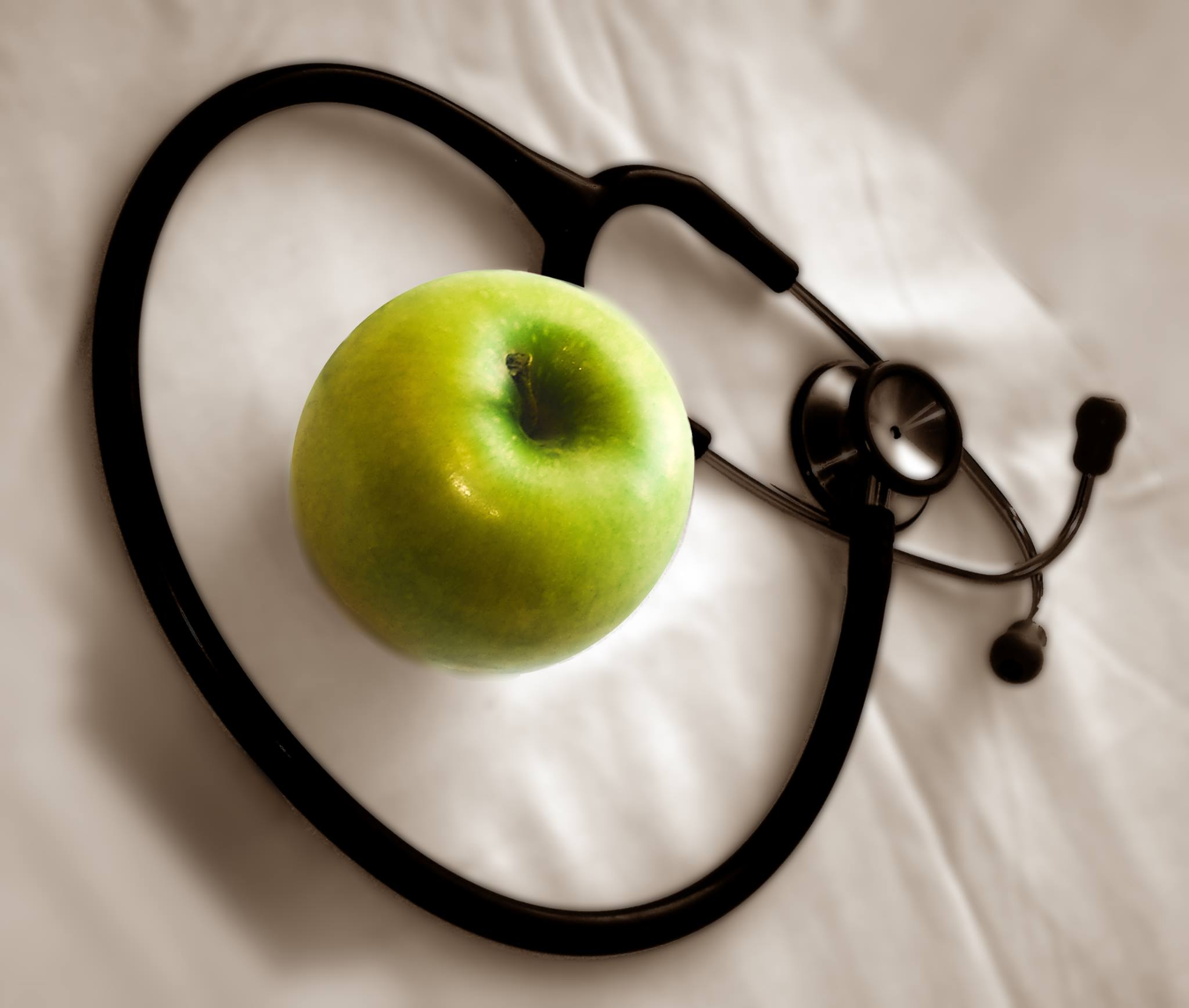

Clinical nutrition concepts have been part of healthcare for millennia. Hippocrates said “Let food by thy medicine and medicine by thy food”. Even then, people knew that a customized diet can optimize your health.
Clinical nutrition involves the assessment of your nutritional status through a highly detailed medical history and a physical examination. Dietary assessment will focus on the adequacy of macronutrients (protein, carbohydrate and healthy fat), micronutrients (vitamins and minerals), special needs (for metabolic and disease-related requirements) and food reactivity. This last area of investigation includes food allergies, food sensitivities and food intolerances.
Clinical nutrition also includes a customized diet constructed to optimize your health. Sequential therapeutic diets may be necessary when there are coexisting conditions with competing requirements. Supplements may be recommended to jumpstart your progress.
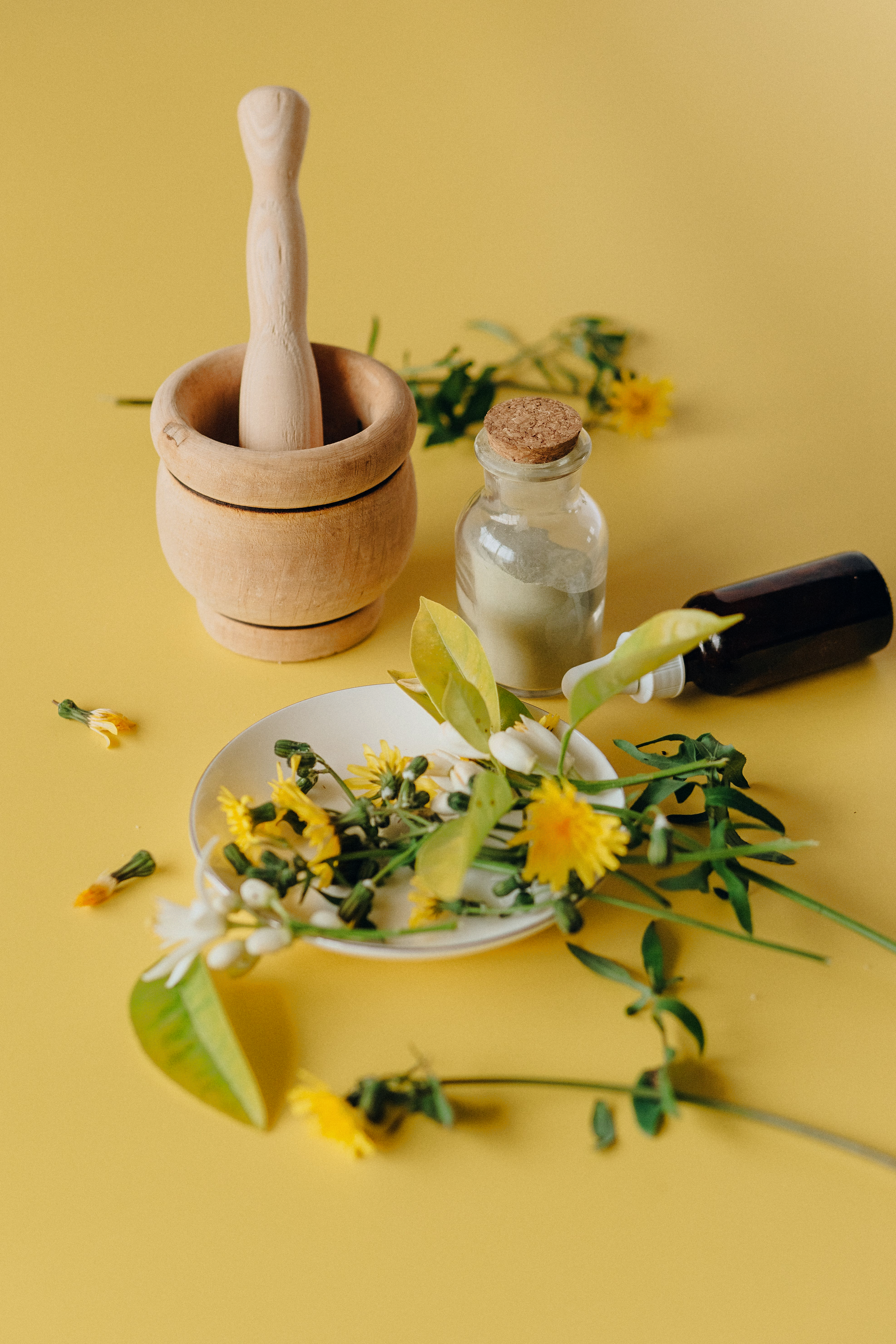

Herbal medicine can offer a safe, inexpensive and effective alternative to many medications.
Also known as phytotherapy, botanical medicine or herbalism, herbal medicine is a branch of naturopathy which uses various types of plants (and occasionally other natural substances) as medicinal agents in the treatment of disease. The World Health Organization estimates that botanicals are used as medicine by two thirds of the world’s population and that up to 80% use botanicals regularly to some degree.
Herbal medicine can offer an inexpensive and safe alternative to many pharmaceuticals. The Journal of the American Medical Association reported that in the U.S. 106,000 patients died from and 2.2 million were seriously injured by adverse effects of pharmaceuticals in 1994. But just as pharmaceuticals have risks and side effects, so do botanicals.
It’s a common misconception that “natural” means “safe”. Botanicals can interact with other substances you may be taking, such as medications, vitamins, and food. Before you take any botanical, check that it’s safe for you by consulting a naturopathic doctor, an accredited herbalist or a pharmacist.

Western and Asian medicines are often complementary.
Asian Medicine treatments include acupuncture, herbal remedies, diet, exercise and/or massage. The duration of treatment depends on the nature of the complaint, its severity, and how long it has been present. This article will focus on acupuncture.
Acupuncture offers many benefits. The benefits of acupuncture are well recognized and documented in high profile medical journals around the world and in medical institutions across Canada. Used to encourage natural healing, improve mood and energy, reduce or relieve pain and improve function of affected areas of the body, acupuncture is safe and effective, and can be successfully used as an alternative to medications or even surgery.
Acupuncture involves the insertion of very fine needles into specific points on the body. It is an effective therapy for acute and chronic conditions. Because individuals vary in sensitivity, needle insertion goes unnoticed by some, and to others feels like a small pinch followed by a sensation of tingling, numbness, ache, warmth or heaviness. The needles usually remain in place for 15-20 minutes. Most people are pleased to find the sessions are not uncomfortable. Some folks even look forward to them. Dr. McKenzie can demonstrate needle insertion on herself during a discovery session if you are anxious about it.
Duration of treatment depends on the nature of the problem, its severity, and how long it has been present. Acupuncture may be scheduled as often as three times a week or as little as once per month. Some patients need only a few sessions while others need sustained care to reverse entrenched patterns.
Your sessions could be covered through your benefits plan but are affordable even if you don’t have coverage. Check our fee schedule to learn more.